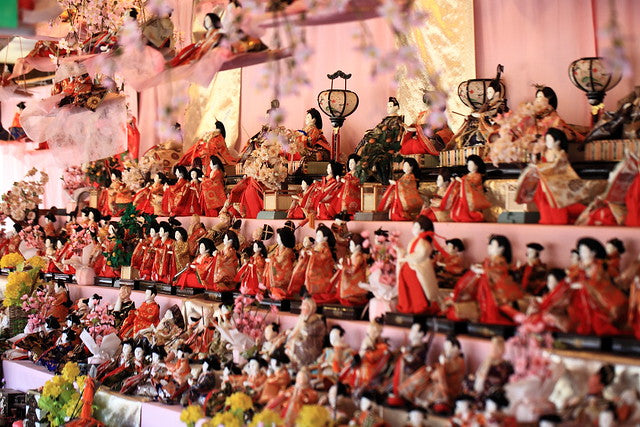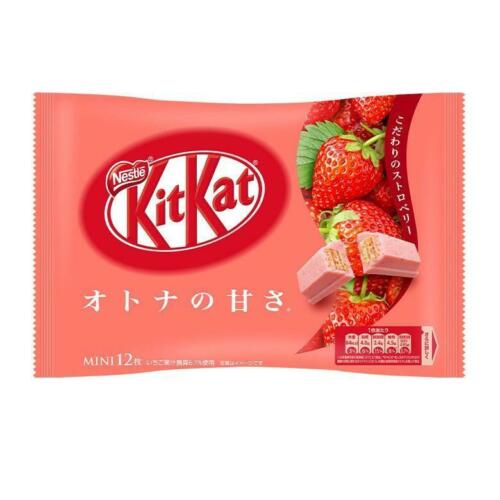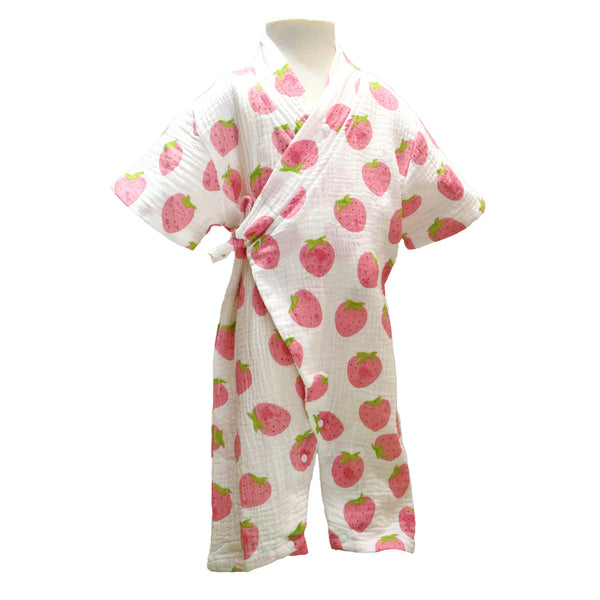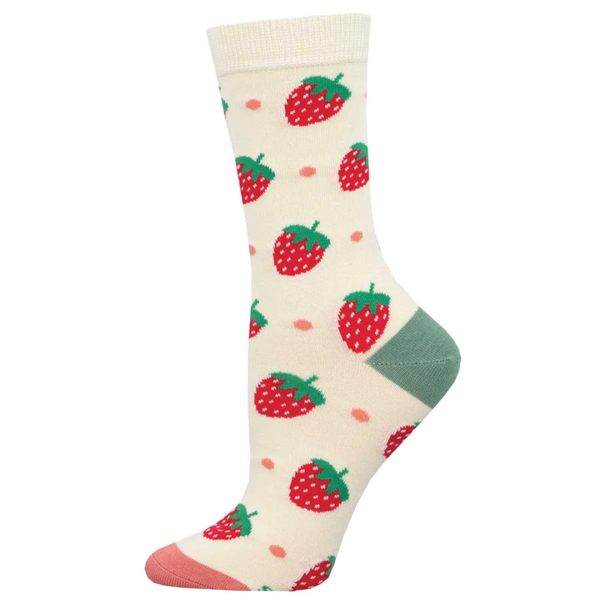
Hinamatsuri: 8 Darling Details about Japan's Doll Festival
Have you always wanted a holiday that combines beautiful dolls, delicious treats, and good wishes for girls? You're in luck. The Japanese festival Girls' Day is observed every March 3. Called Hinamatsuri in Japanese or "doll festival," it's all about wishing girls good health, prosperity, and happiness. But how do you celebrate it? Let's find out through these eight fun facts.
Elaborate doll displays are the centerpiece
You may have guessed that dolls are the main event of Hinamatsuri. Called hina in Japanese, the dolls are dressed in traditional imperial clothing from the Heian Period (794 to 1185) and placed on a three-to-seven tiered platform called hina-dan. On the top level are the emperor and empress dolls while each descending level are court ladies, musicians, servants guards, and household items. The display as a whole is meant to present a Heian-period wedding.
These hina are more than just beautiful. They're believed to absorb bad luck, attract good fortune, and keep girls safe.
You can see tens of thousands of hina on display in one town
One of the largest Hinamatsuri displays is at the Tokisaki Shrine in Katsuura, a coastal city in the Chiba prefecture. About 1,800 dolls are displayed on the steps of the shrine while 30,000 can be seen throughout the town from late February until early March.
Decorating at the last minute is not recommended
Procrastinators beware! Decorating your hina display at the last minute on March 2, the day before Girls' Day, is considered bad luck. In fact it even has a name: ichikakazari, which translates as "overnight decoration." Instead decorating and set up should begin in early February.
Leaving your hina display up for too long is also a Dolls' Day don't
While keeping your Christmas tree up past New Year's Day isn't a big deal, it's recommended that a hina display be taken down by March 4. It's believed that not doing so will result in a "late" marriage for a girl.
"Scattered sushi" is a central dish
No festival would be complete without some special eats. The main one for Hinamatsuri is chirashizushi, which translates as "scattered sushi" and consists of vinegared rice with a variety of foods sprinkled on top. You can add vegetables, egg, seafood, almost anything you want! But certain ingredients are especially auspicious, such as shrimp which represents long life, lotus root for good foresight for the future, and beans for hard work.
Clam soup and a special rice cake are eaten too
Other dishes include hamaguri, a clear clam soup, where the clams symbolize a good match and happy marriage, and hishi mochi, a diamond-shaped rice cake with layers of pink, green, and white. Each color has its own meaning and health benefit:
- The green layer, which is made from mugwort, stands for health and long life, and is believed to encourage blood flow
- The white layer, made from water caltrop, an aquatic herb, symbolizes cleanliness and is believed to reduce blood pressure
- The pink layer is made from gardenias, believed to have detoxifying benefits, and represents protection
Even the diamond shape has meaning. It's meant to symbolize a heart and the wish from the mother for a healthy life for her daughter.
A strawberry treat is especially popular
Another auspicious treat to eat during Hinamatsuri is ichigo daifuku, strawberry-stuffed mochi. While mochi refers to a chewy rice cake, daifuku (which translates as "great luck") refers to a mochi shell with various fillings, usually a flavored paste. What makes ichigo daifuku different is that the filling contains both a layer of sweet red bean paste, or anko, and a whole strawberry. Ichigo, as you may have guessed, means "strawberry."
It's unclear who invented ichigo daifuku
As with bubble tea, there's some debate as to who was the first to develop ichigo daifuku. The most accepted inventor seems to be Wahei Osumi, the third-generation president of Tamaya, a department store in Japan, who claims to have created the strawberry treat in 1985.
Want more? Check out our blog posts on Asian culture and food.
[Photo: CC BY 2.0 by TANAKA Juuyoh (田中十洋)]



